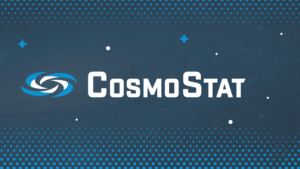Date: March 14th 2019, 11am
Speaker: Adrien Picquenot (CEA Saclay)
Title: Applying the GMCA to extended sources in X-Ray Astronomy
Room: Kepler
Abstract
In high-energy astronomy, spectro-imaging instruments such as X-ray detectors allow investigation of the spatial and spectral properties of extended sources including galaxy clusters, galaxies, diffuse interstellar medium, supernova remnants and pulsar wind nebulae. In these sources, each physical component possesses a different spatial and spectral signature, but the components are entangled. Extracting the intrinsic spatial and spectral information of the individual components from this data is a challenging task. Current analysis methods in this field do not fully exploit the 2D-1D (x,y,E) nature of the data, as the spatial and spectral information are considered separately. Here we investigate the application of the GMCA, initially developed to extract an image of the Cosmic Microwave Background from Planck data, in an X-ray context.
The performance of the GMCA on X-ray data is tested using Monte-Carlo simulations of supernova remnant toy models, designed to represent typical science cases. We find that the GMCA is able to separate highly entangled components in X-ray data even in high contrast scenarios, and can extract with high accuracy the spectrum and map of each physical component. A modification of the algorithm is proposed in order to improve the spectral fidelity in the case of strongly overlapping spatial components, and we investigate a resampling method to derive realistic uncertainties associated to the results of the algorithm. Applying the modified algorithm to the deep Chandra observations of Cassiopeia A, we are able to produce detailed maps of the synchrotron emission at low energies (0.6-2.2 keV), and of the red/blue shifted distributions of a number of elements including Si and Fe K.
We also tested pGMCA, a new version of the GMCA taking Poisson noise into account, more adapted to the X-ray nature of the data. A first application on the Perseus galaxy cluster shows impressive results, retrieving components that the original GMCA could not find.




